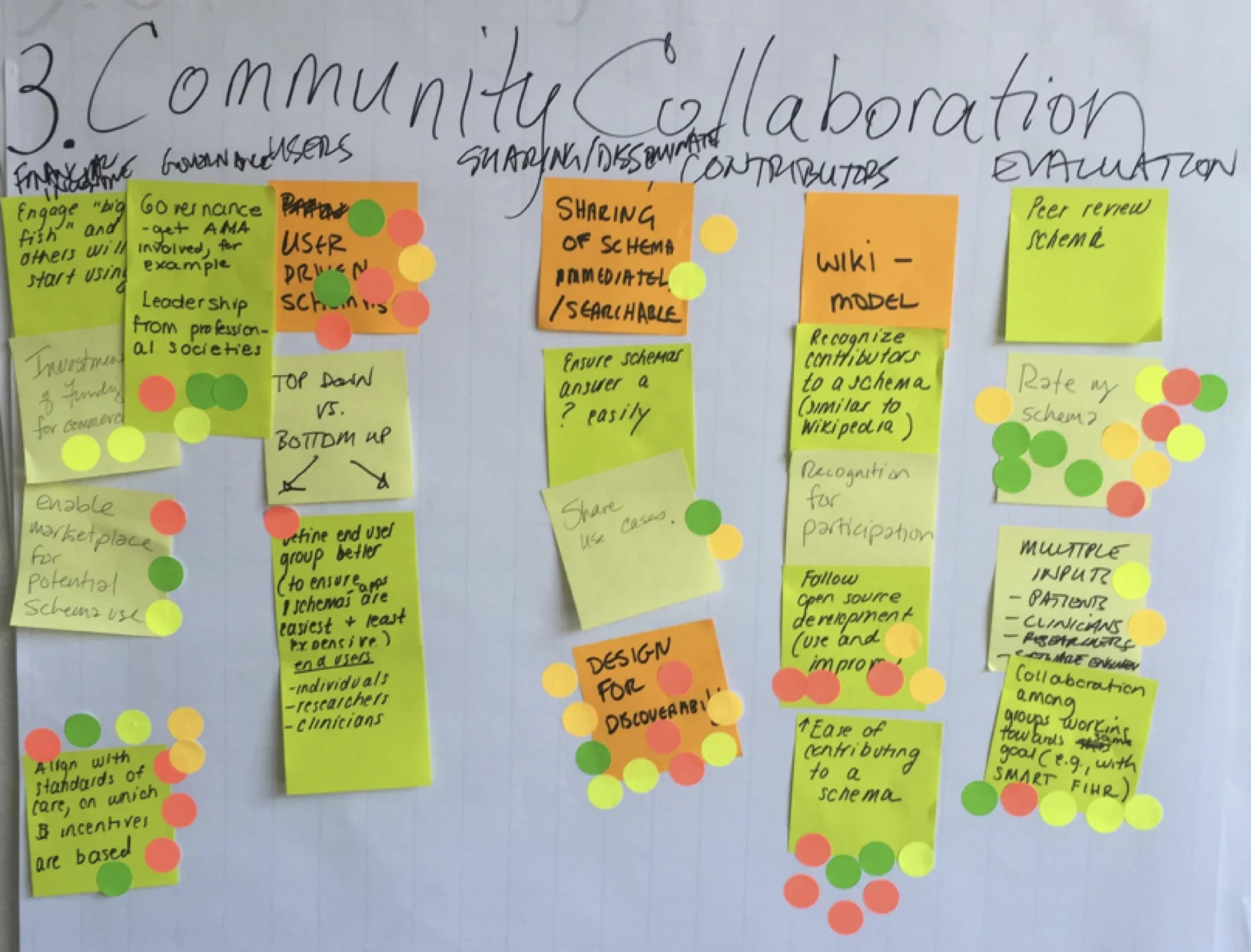Most companies have a major Goal (big G) which requires achieving 3, 4, or 5 smaller goals along the way.
It’s vital to see these smaller goals as more than baby steps. They are the critical success factors of your business plan. I sometimes call them “Goal-Minus-Ones” to make sure they don’t get lost in the day-to-day; a costly mistake I was part of years ago.
A company’s primary Goal might be to increase profits by 8% while the associated Goal-Minus-Ones might be to reduce material cost, introduce new products, and to expand into new markets. I just made these up, you’ll have to identify your own, and you’ll probably want to be more specific.
Here’s a real-world example of Goal-Minus-Ones, and to keep it extra real, it includes some details of that big mistake I was part of:
I once worked in the Man Machine Interface division of a multi-billion dollar company. We made keyboards and touchscreens.
Our big Goal was to increase profitability by 60% every year. That’s right, 60%. That’s an insane Goal for most companies, but particularly in the keyboard industry with its flat growth rates, weak margins, and low barriers to entry. I’ll save how we chose that Goal for another day.
To reach our 60% Goal, our Goal-Minus-Ones were to differentiate ourselves by developing a full keyboard assembly stack (bezel, keypad, electromechanical, backlighting) for the cellphone market, to be the supplier of choice in that market’s exciting growth, to ruthlessly automate and streamline operations to reduce cost, and to harvest our higher margin existing accounts in other markets. Four Goal-Minus-Ones.
Having a full stack was a big deal as it would solve many of our customer's supply chain management issues. So we developed cool automation to make the various keyboard components and put them together. Along the way we developed a process that could make a common keyset for a cellphone in a few seconds, which we could sell, just by itself, at 90-96% contribution margins. That certainly helped us met one of our Goal-Minus-Ones.
Thanks to margins like that, and to the world discovering cellphones, we made our Goal year after year. Then, without warning, we were sold to a bigger company that was in the process of overextending itself. (Big bonuses were involved. Enough said.)
The bigger company soon declared bankruptcy and liquidated our factories and technology in a fire sale. Wow. Not good times, but that event probably kept us from hitting a wall a few years later.
You’ve probably been saying, “Hey, I remember when cellphones had buttons you actually pushed!” And a few still do, but not so many. You probably also remember when cellphone models were on the shelves for years instead of months and when Nokia, Motorola, and Erickson made the phones everyone wanted.
What you're remembering was our market. And we couldn’t reach our Goal without serving that market better than anyone else. We went all out to do it - heck, we were even Nokia’s supplier of the year. Another of our Goal-Minus-Ones.
I should point out that this Goal-Minus-One, to be the supplier of choice, implied we’d stay relevant to our market. Even when the market decided to use a different technology. But we weren’t looking for that - we were focused on our nifty product stack and new sales. And we’d made two of our Goal-Minus-Ones! Unfortunately, there were four.
All our cool cellular phone keypad making stuff would have been a boat anchor in a few years, on the exact day Apple introduced the iPhone.
No more keyboards, but at least we had a touchscreen product line, right? You know, just like the iPhone uses? Not so much as it turns out. We had a generations old touchscreen technology that worked great if you were punching a control panel with a muddy glove. Not so well if you were pointing at a tiny letter on a cellphone screen.
What would we have done if we'd still been around when keypad demand went from as much as we could make to whatever people bought through AARP?
Sales growth and new manufacturing technologies were our “bright shiny objects.” The primary topics of our meetings and hallway discussions. The stuff with the big graphics in our all-staffs. But those were only two of our “Goal-Minus-Ones.”
It’s painful to look back, but if we’d stayed *equally* focused, day-to-day, on all of our Goal-Minus-Ones we might have had a chance. We’d thoughtfully identified each as a critical success factor, but too much focus on just a couple of them kept us from being relevant in the future.
There are many other kinds of Goal-Minus-Ones besides the ones we ignored. Every company or organization has their own, and staying equally focused on each can be a challenge.
Here’s another example: I work with companies to design and deliver better services. Almost every one of them has identified employee engagement or development as a Goal-Minus-One. It drives all kinds of better decision making and it’s a leading indicator of client or patient satisfaction. Most companies survey employees quarterly or annually as a way to track engagement. That’s awesome, and they want the checkmark, but surveys aren’t enough to catch a rapidly developing problem.
What should they be doing?

















